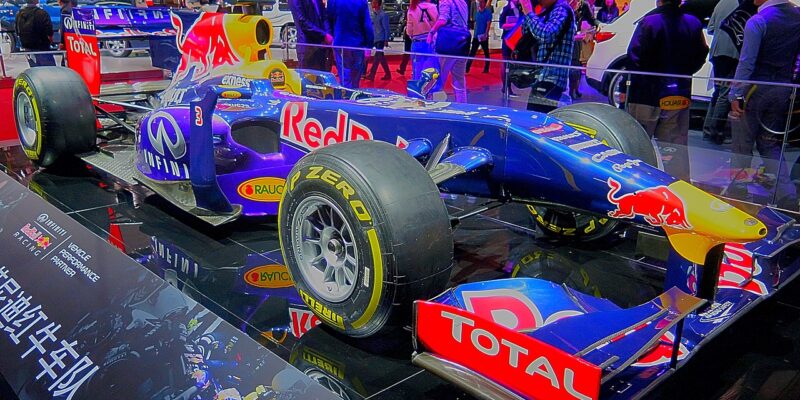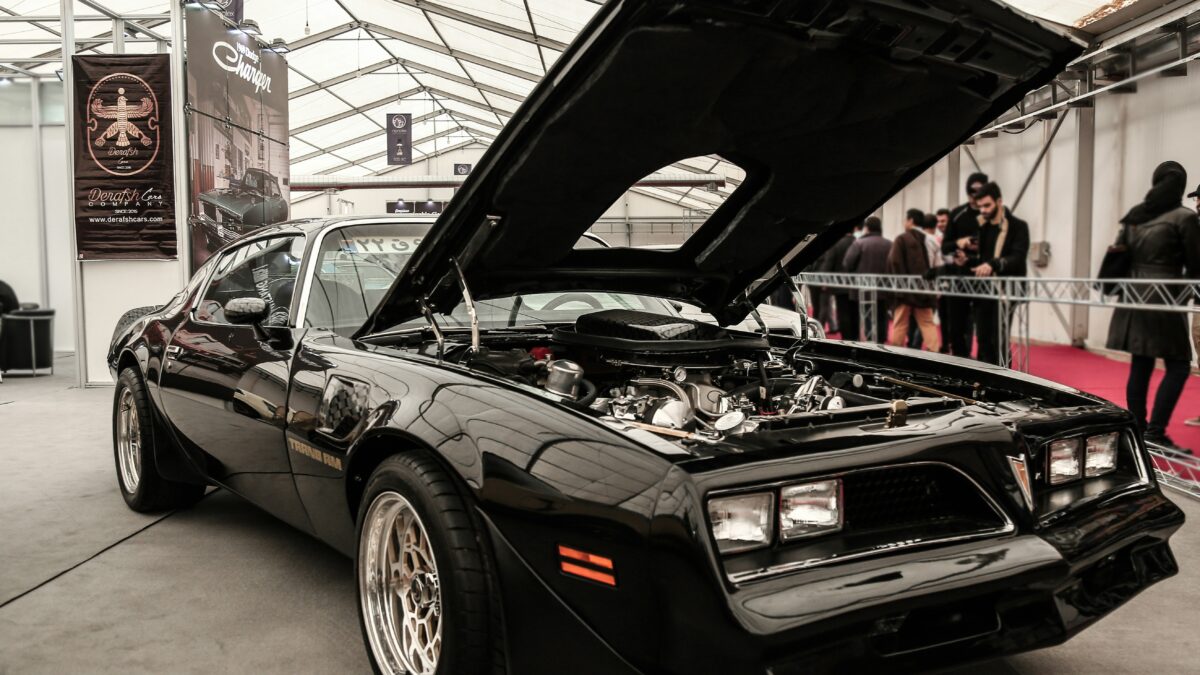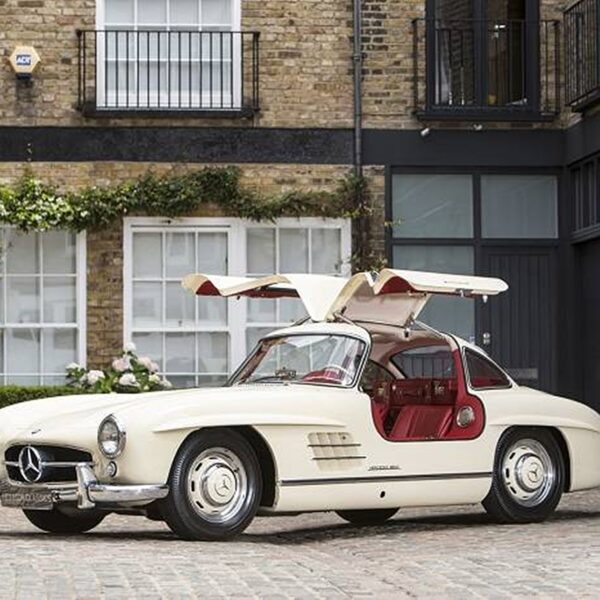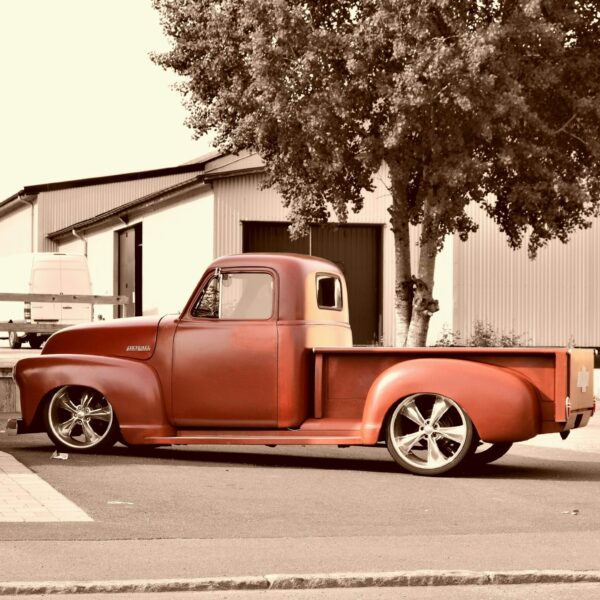An F1 Legend’s Red Bull Meetup: Transforming an F1 Car Into a Drift-Ready Monster
A car built for Formula 1 racing has just one blisteringly clear purpose in mind! Drag racers are built for straight-line domination. Indy cars are constructed for fully smashing the oval. F1 cars demand hours of engineering to properly fire up. Transforming an F1 car into a drift-ready monster is a task that only the industry’s pros can take on with confidence.
Transforming an F1 Car Into a Drift-Ready Monster:
The geniuses at Red Bull have an impressive history of modifying F1 cars. From icy lakes to rooftop landing pads, they have fared well defying nature. The bloggers on duty at The Drive caught up with F1 champion Daniel Riccardio to learn more about this hardcore conversion. Red Bull Racing team manager Tony Burrows was yet another brain to pick!
From Glitz and Glamour to Guitars and Grooves
The getup for the Red Bull Showrun Nashville commanding vehicle was carefully executed. The crew began with a 2011 RB7, equipped with a burly V8. Riccardio had cranked out enough rubber exhaust to loom over thousands of onlookers crowding Broadway St. Bringing an F1 model to these unconventional locations requires heaps of intricate work.
There are 12 very bright minds tasked with lugging two RB17’s around the globe. A pair of system engineers, mechanics, and marketers are on duty. With some extensive testing recently being banned, these experts have more free time. This engineering team sees to it that the cars are always at peak performance on the track.
Diving Deep into Track Performance Data:
These teams rely on large caches of performance data to bring specs up to par. When the location at hand offers smoother roads, this makes things easier. On rougher surfaces, F1 cars will lose control immediately. Spectators frequently comment on how narrow some city roads are! These render this form of racing incredibly unsafe.
A form of habit has been for drivers to not learn new tracks too often. Broadway Street in Nashville demands an intense shift in vision. The set of donuts in Nashville is daunting, but this is a world-class team! After using various simulators, engineers get a feel for how difficult this task is. The F1 cars are designed to run on completely flat surfaces.
The Burnout Buster: Technologies Aiding F1 Engine Cooling
As these teams travel cross-country to thrill audiences with their performance there are a few concerns. The crowds love the never-ending donuts, but they take their toll on the cars. As excessive heat is generated by the engine, lack of airflow is also an issue. An F1 car’s internal parts can achieve efficient cooling at around 200 mph.
When short distances are the feat, it gets hot quickly without sufficient time to cool. The fans that are installed in F1 models are wired directly to the ignition. As soon as the car is fired up, they snap to their duties. When the car performs donuts, there’s no forward motion that helps with cooling.
Tricky on Tarmac: Importance of Brake Balance for Drifting
Brake balance needs to be adjusted frequently to help these cars nail down their tricks. Other necessary tweaks include the internal gears, seals, and clutch to make sure they stand up. The front wheels constantly need to be pinned while the rears are free to “donut-at-will.” Donuts are known as extreme clutch-killers within this segment.
During an intense donut, the driver is abrasively tugging on the clutch. The RB7 will hit 60 mph in first gear! This means that you’re constantly needing to nail the clutch minus the brakes. Netflix definitely turned many more viewers onto the world of F1. The sport may not be as popular as the road to the Super Bowl, but momentum is gaining.
High Stakes and High Speeds: Las Vegas Gears up for F1 Spectacle
The Heritage Team that makes these awesome shows happen hit the road for the jackpot next. The Las Vegas F1 Grand Prix will light up the world’s premiere entertainment center soon! The race slated for Nov 16-18 will make its way right through the heart of the Las Vegas Strip. Not to mention, drivers will be heartily pushing their luck right on up to over 200 mph.
General admission to this event is already sold out, and it will be the 1100th thrilling round of F1. The nearly 4-mile track will feature 17 corners and a 1.181-mile straightaway. Formula One excitement hasn’t graced Vegas since the 1982 Caeser’s Palace Grand Prix. There will be tons of cool stuff to watch, such as the giant sphere wrapped in 1.2 million LED lights!
From the Fast Track to Sideways Thrills: F1 Racers as Drift Machines”
There are a few critics who think that the physical punishment of the cars is too expensive. But, much like the Whistlin’ Diesel spectacle with a Ferrari, those who are cash-heavy have the freedom to do as they wish! One thing is for sure: the fans love watching these high-powered machines in city streets.
Above all, the popularity of F1 will surely not die down any time soon! Do you think that prepping these F1 beauties for drifting is silly, or stellar? Let us know what you think in the comments below, or check out another article about F1.
















